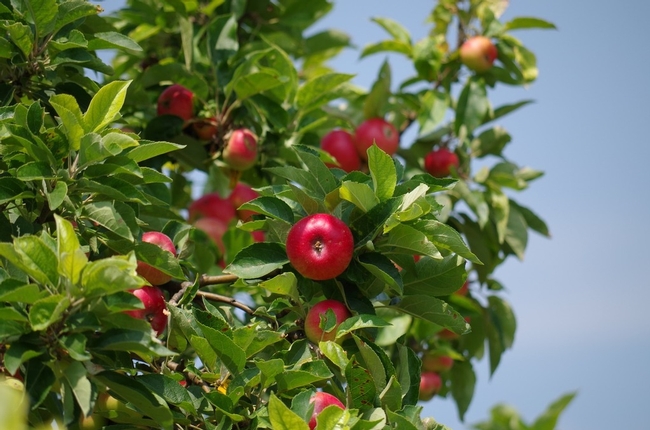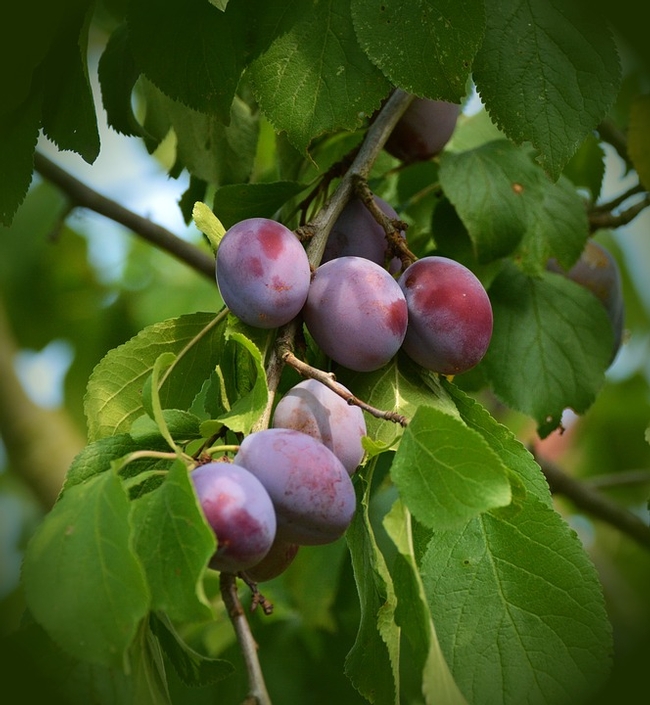- Author: Ed Perry
Home gardeners often become concerned when their fruit trees begin dropping fruit prematurely. In some cases, fruit drop is nature's way of reducing a heavy fruit load. In other cases, premature fruit drop may be caused by pests and diseases, adverse weather conditions or poor cultural practices.
Apples may have a couple of periods when fruit drop occurs. The first is often after the flower petals fall off and may last two to three weeks. The very small dropping fruits are the ones that were not pollinated, so will not develop further. Many fruit species need to be pollinated by bees. Lack of pollination may be the result of cold or wet weather during the bloom period, or by a lack of honey bees. Also, if there is freezing weather just before the flower buds open, more fruit drop may occur.
Other adverse weather conditions may also contribute to fruit drop. For example, persimmons may drop if the weather turns suddenly hot in spring, just as the small fruits begin to develop. Trees not receiving adequate irrigation water would be more prone to dropping fruit.
Pests and diseases may contribute to the problem of premature fruit drop. Cool wet weather during the bloom period of walnuts often results in infections of walnut blight, a bacterial disease that damages catkins, leaves, and newly-pollinated nuts. Infected nuts may drop prematurely. Premature ripening and fruit drop often occurs in apples and pears that are infested with codling moth larvae.
In apples and pears, a second drop occurs once the fruits are about the size of marbles, usually in May or June. This is commonly referred to as “June drop.” Fruit drop at this time of year is thought to occur as a result of competition between fruits for available resources.
Some fruit tree species, such as plums, may experience a mid-summer fruit drop. Proper fruit thinning can help to prevent this. How much to thin depends upon the tree species. With peaches and nectarines, it's important to make room on the branches for each fruit to grow to 2 ½ to 3 inches in diameter. Thin by pulling off ¾ to 1-inch long fruit in April and May, leaving one fruit every 6 inches. This results in more fruit on the ground than on the tree, but it's important to produce large, flavorful fruit and to minimize limb breakage.
Thin apricots when the fruit is about ¾ inch in diameter, leaving 1 apricot every 3 inches. Thin plums when the fruit is ¾-inch-long, leaving 1 plum every 4 to 6 inches. Thin apples after the usual May or June drop. Leave 1 apple every 6 inches or allow only 1 apple to remain per spur. Asian pears should be thinned to leave only 1 fruit per spur.
When mature fruit begins to drop, it's a sign that the fruit is ready for harvest.
Ed Perry is the emeritus Environmental Horticultural Advisor for University of California Cooperative Extension (UCCE) in Stanislaus County.



